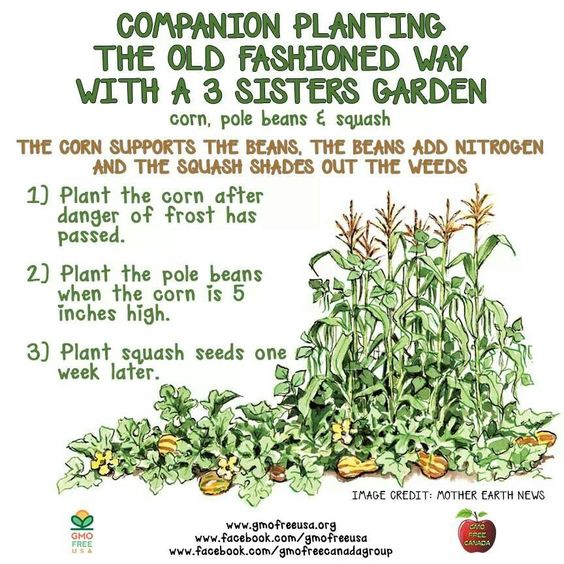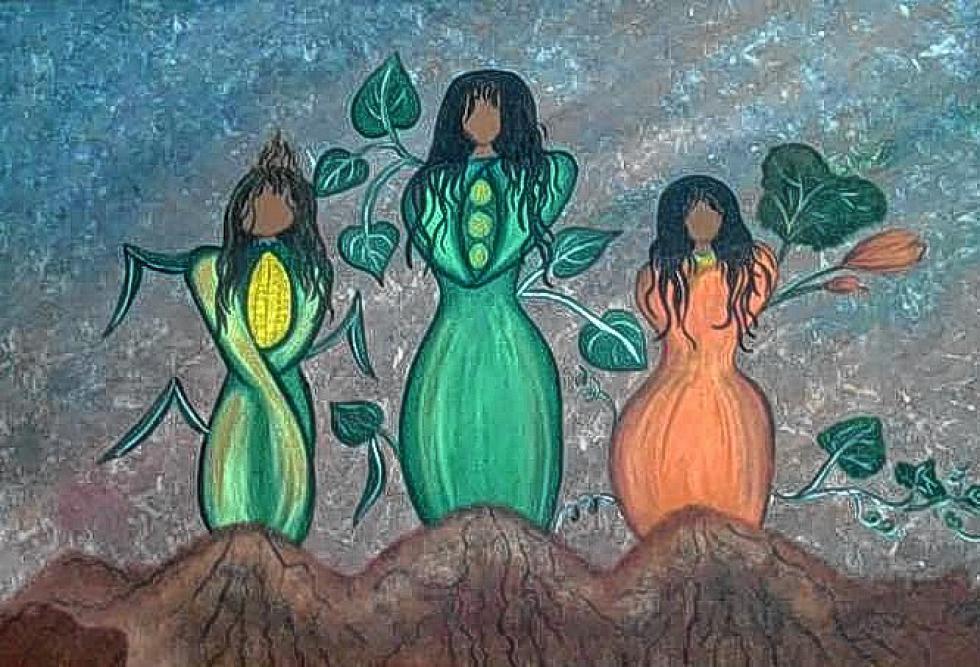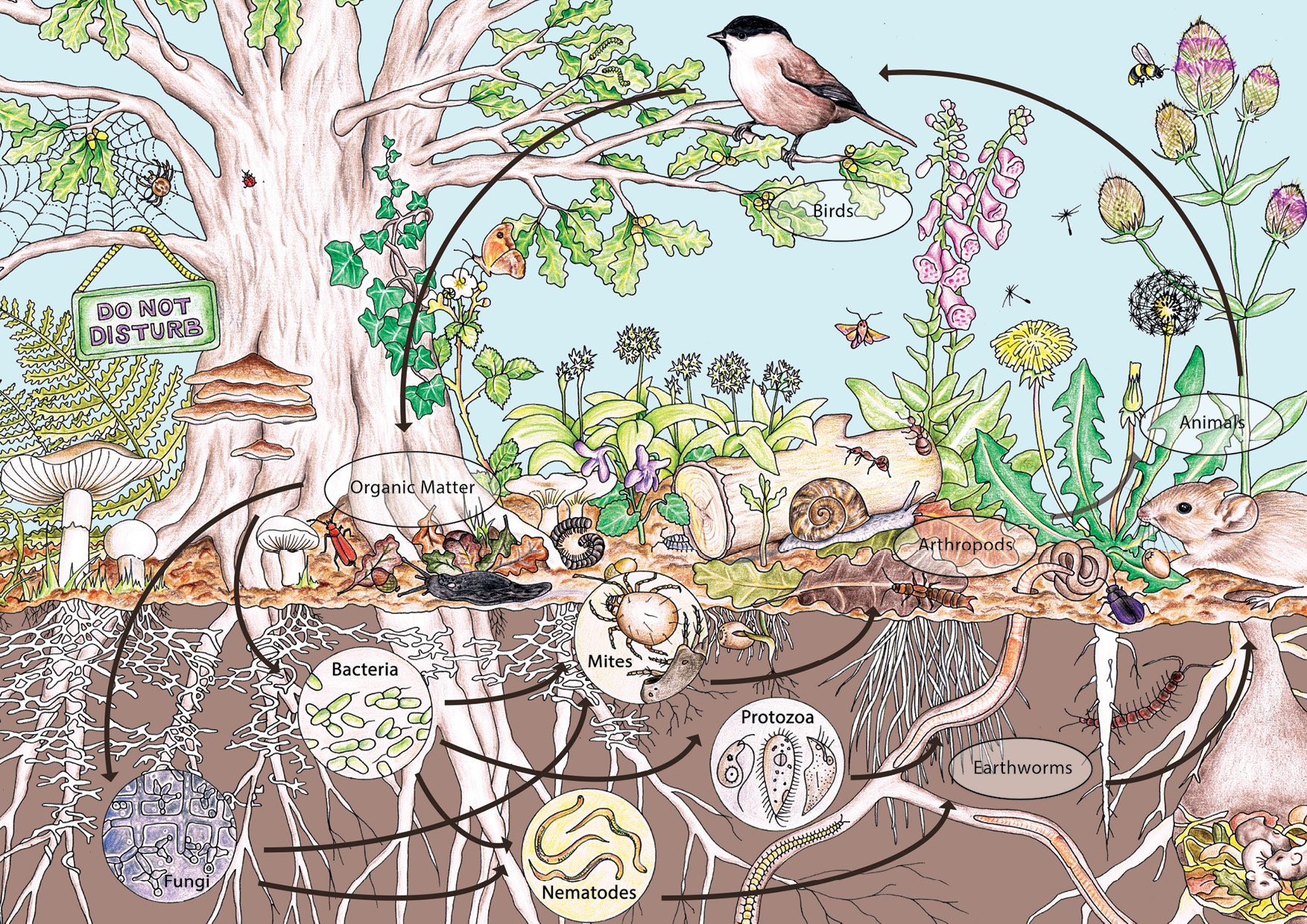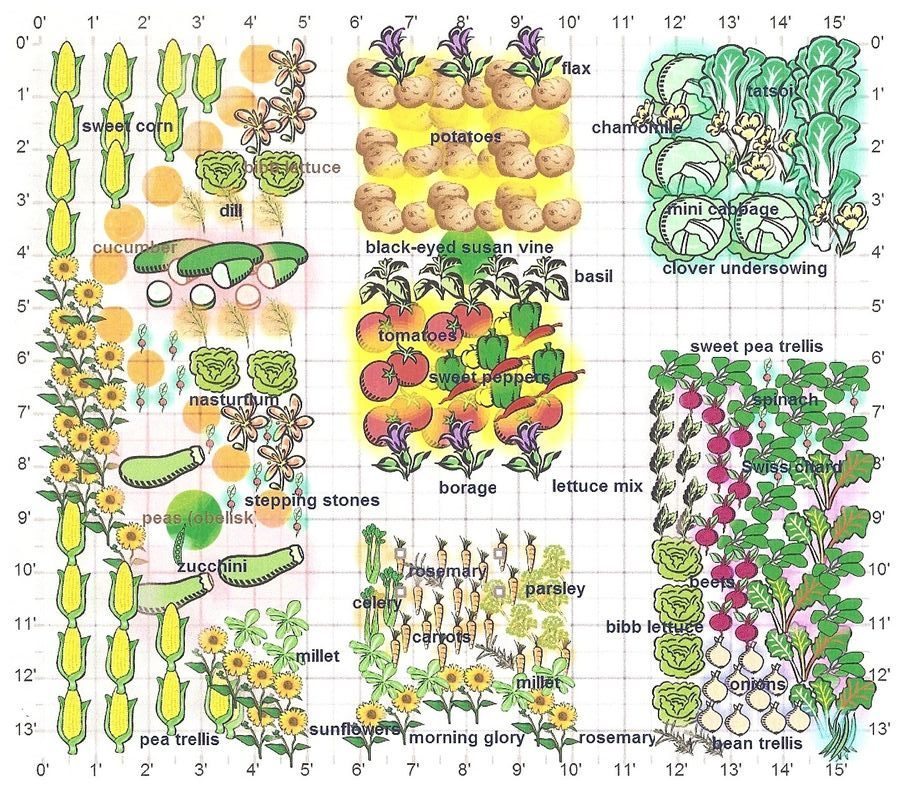The Three Sisters
I first heard the term permaculture about five years ago from my friend John, after I mentioned to him that I was interested in learning to grow plants. At the time I was a botany major, but save for some early childhood experiences I had very little real time experience in a garden. He showed me a few documentaries and gave me the rundown which was more than enough to get me interested.
I didn’t really get hooked on the idea of permaculture until I was visiting a friends property, coincidentally the property of the only man that has ever given me direct glassblowing lessons. His father was showing me around the property which was already designed with permaculture in mind before they got there.
They expanded it with an annual garden and chickens, and both were in the beginning stages as it was early spring as I saw them.
He showed me his three sisters plot and explained the concept. I had no idea that plants could work together in such a common sense way, so I’ll share that wonder for you today in case you aren’t aware of it either!
The three sisters garden is an ancient example of a broader concept known as companion planting.
Plants have relationships with one another and can either hinder or benefit the growth of another plant based on a whole list of different reasons. Some put out pesticides to help guard other plants, others help improve the flavor of another.
Even more specific, the three sisters fits the description of a plant family, a concept I first heard from Sepp Holzer, permaculture expert. Most permaculturists refer to these families as guilds, but the concept is the same. This is the concept that there are certain families of plants that grow well together. These plants also go well together in terms of food, a curious coincidence.
Perhaps the most well known and easiest to understand of these plant families is the three sisters.
This is the first one I directly encountered and it just clicked for me.
So what are those three sisters?

You’ve got corn, which provides stability for beans, which provide nutrients for the whole patch, as they’re nitrogen fixers. Squash, melons or cucumbers are the third sister, to provide a mulch to deter rabbits and other animals from getting at the corn.
Sometimes there’s a fourth sister or an alternate sister, depending on how you look at things and that’s sunflower. It serves the same purpose as corn, just yielding a different end crop. Corn and sunflowers can be interplanted too which is why it’s sometimes a fourth sister.
I’ve done many variations of this garden and just about all of them have been successful in some form or another, even if I considered them to have failed. The plants really do take care of eachother and grow symbiotically, making it not only a pretty garden but a productive one. Not much care is needed after those first few days after transplanting and in the early stages, which is nice.

The history behind this is cool, as this is traced at least back to the native Americans. Being a nomadic people, they’d plant these gardens and leave them, often to return several months later at harvest. It was a good passive farming system for a people that didn’t really stay in one place to farm.
I’ll bet it goes even further back beyond them, though I’ve no way of proving that.
I’m starting some new three sisters gardens around my property, starting with giant sunflowers, crookneck squash and hopefully scarlet runner beans. I fear they are too old to sprout, so I’ve got others to fill their place if need be.
If you’re interested in gardening but are concerned that you might fail, give a three sisters garden a try.
It’s easy, pretty, and those plants all go together in a meal too, so growing them together makes sense.
Something I find interesting is that many plant families also happen to be vegetables that go well together in flavor. Nature is geared towards our palates more than we would normally suspect, I think!
Thanks for reading and sharing, give this garden configuration a try; I think you might be surprised at the results! Happy gardening!






